My artwork probably wouldn't exist in the form it's in now, if it weren't for alluvial fans and river deltas being formed by sediment deposition in nature - I suppose that isn't the same thing as soil art, but as long as the imagery is a result of or inspired by natural processes, then my vote is still "YES". Thank you for posting!
Loren
I love how unique and beautiful his imagery is! I do wish he was a bit more scientific about his processes, but I suppose a healthy portion of "let's just see what happens" is necessary in science!
Not only allowed, but appreciated!
I'm just glad someone's working on it, because I have no idea! 😅
The link for this one says the following, but doesn't say how long it took each person, or a total of hours. I'd like to know that, though!
"In addition to the “Core Collection” of reefs constructed by Christine and Margaret Wertheim, the Crochet Coral Reef project encompasses a community program in which the Wertheim’s work with citizens of various cities and countries to create local “Satellite Reefs”. As of early 2023, 50 Satellite Reefs have been made including in Chicago, New York, London, Melbourne, Ireland, Latvia, Finland, Germany, and the United Arab Emirates. More than 20,000 people (mostly women) have contributed to this ever-growing woolen archipelago. At the end of this page is a chronological list of all Satellite Reefs and their host institutions."
I will, and thank you again also!
Thank you!
Thank you, and I'm glad it's working! I made a Jupiter one also, and you're welcome to keep it and swap them out from time to time if you want, maybe I'll make some more! Oh, and animated banners also work, just confirmed!
Thank you!
Thank you, I about lost it when I realized you could do this over here...

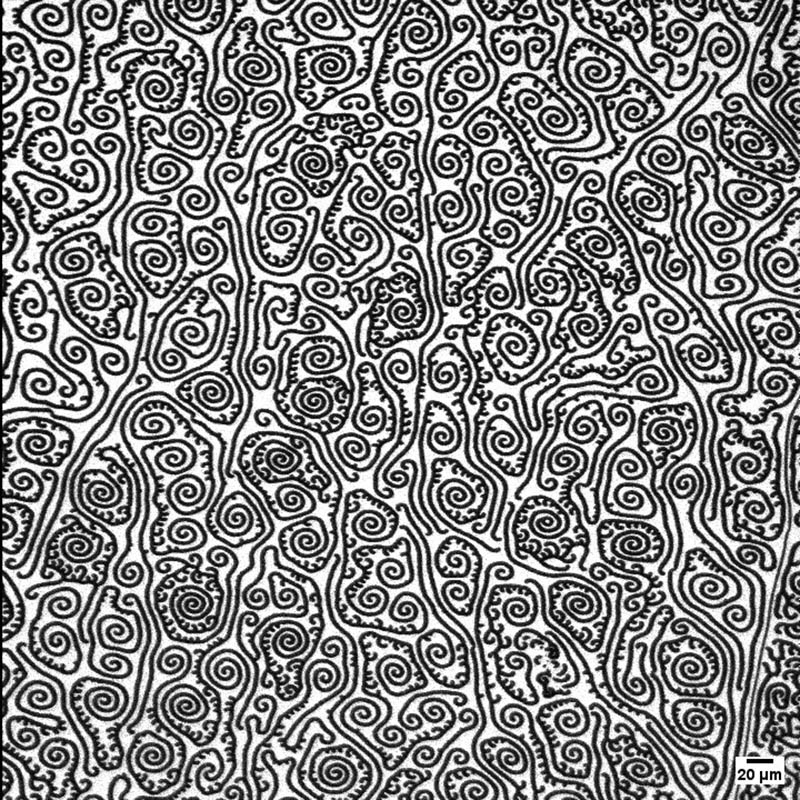


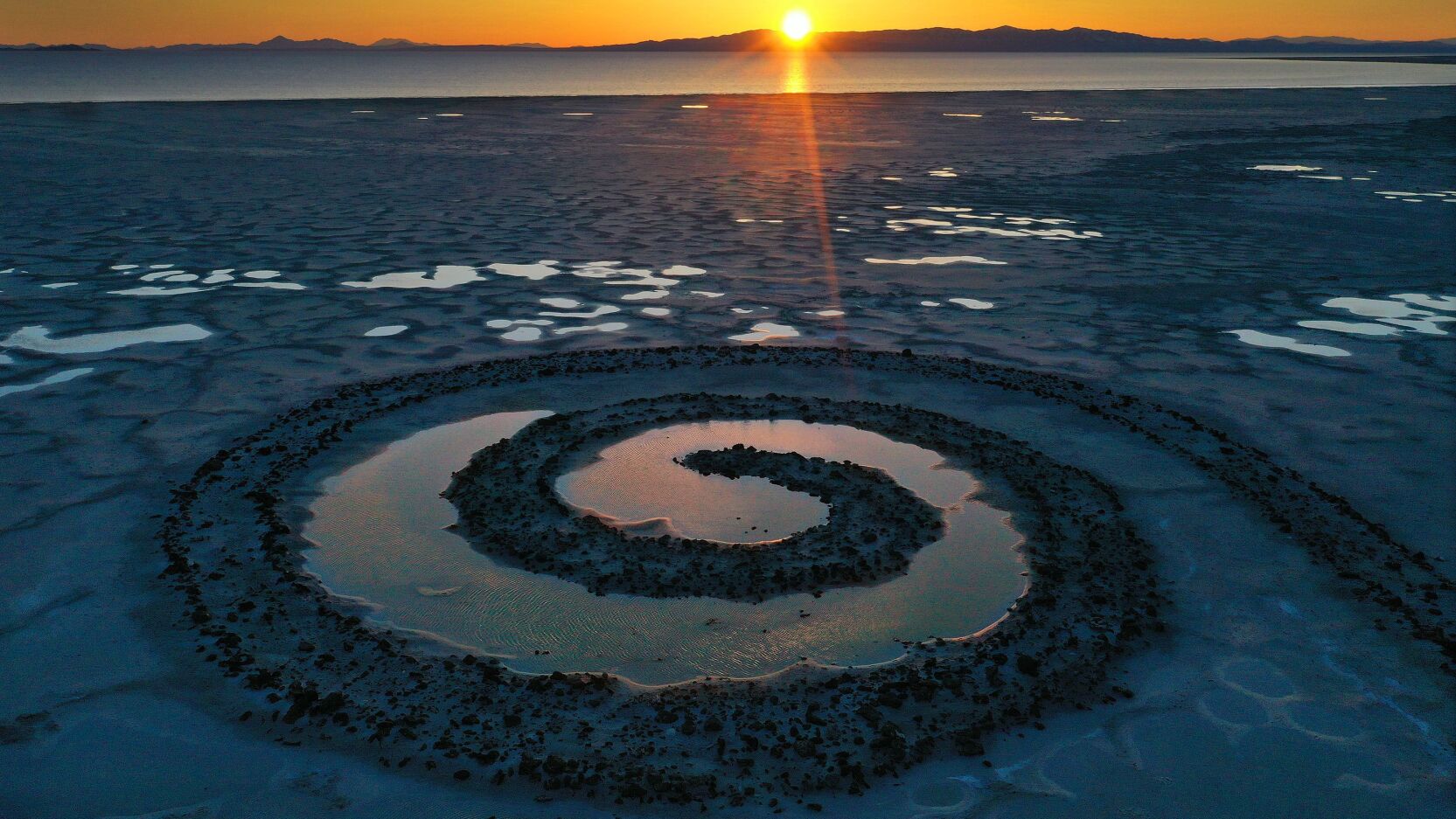
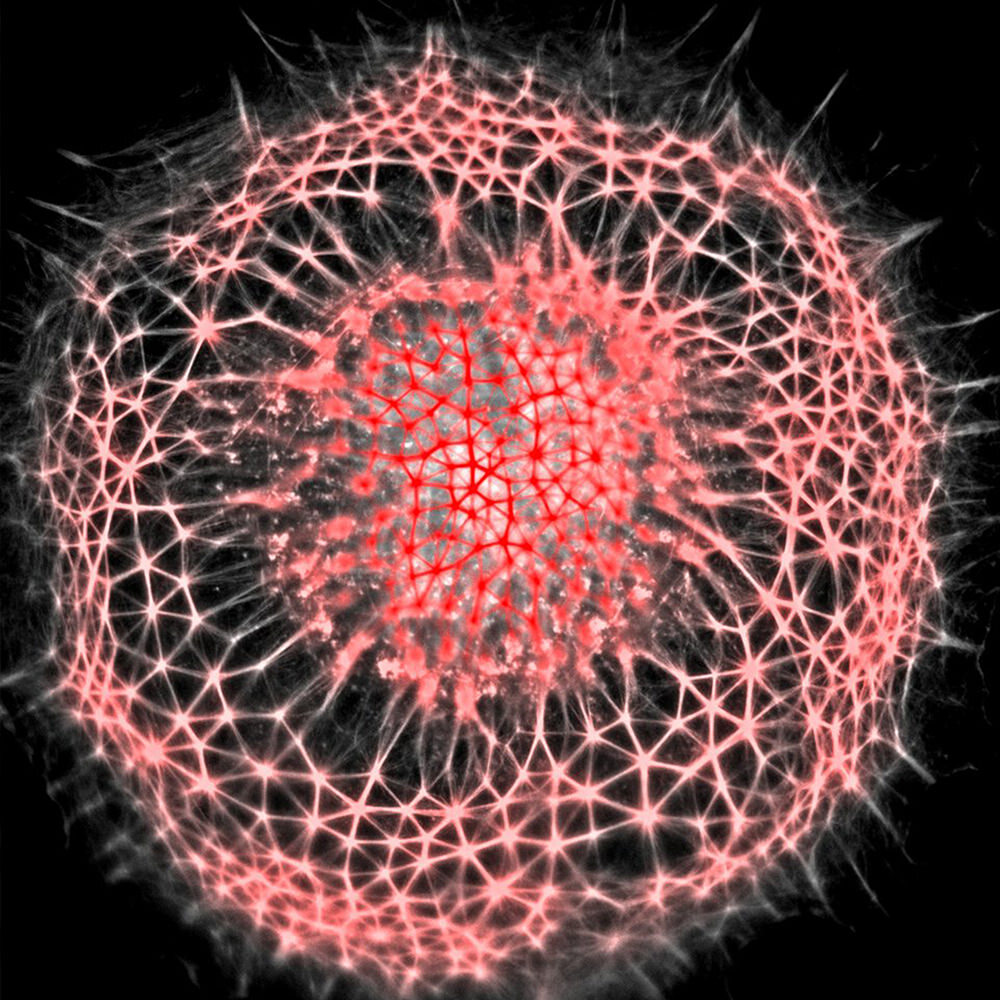
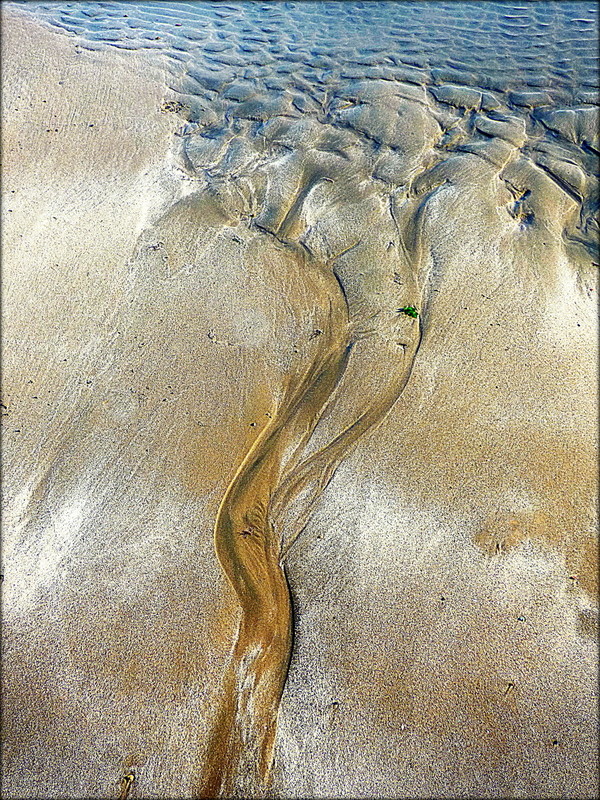
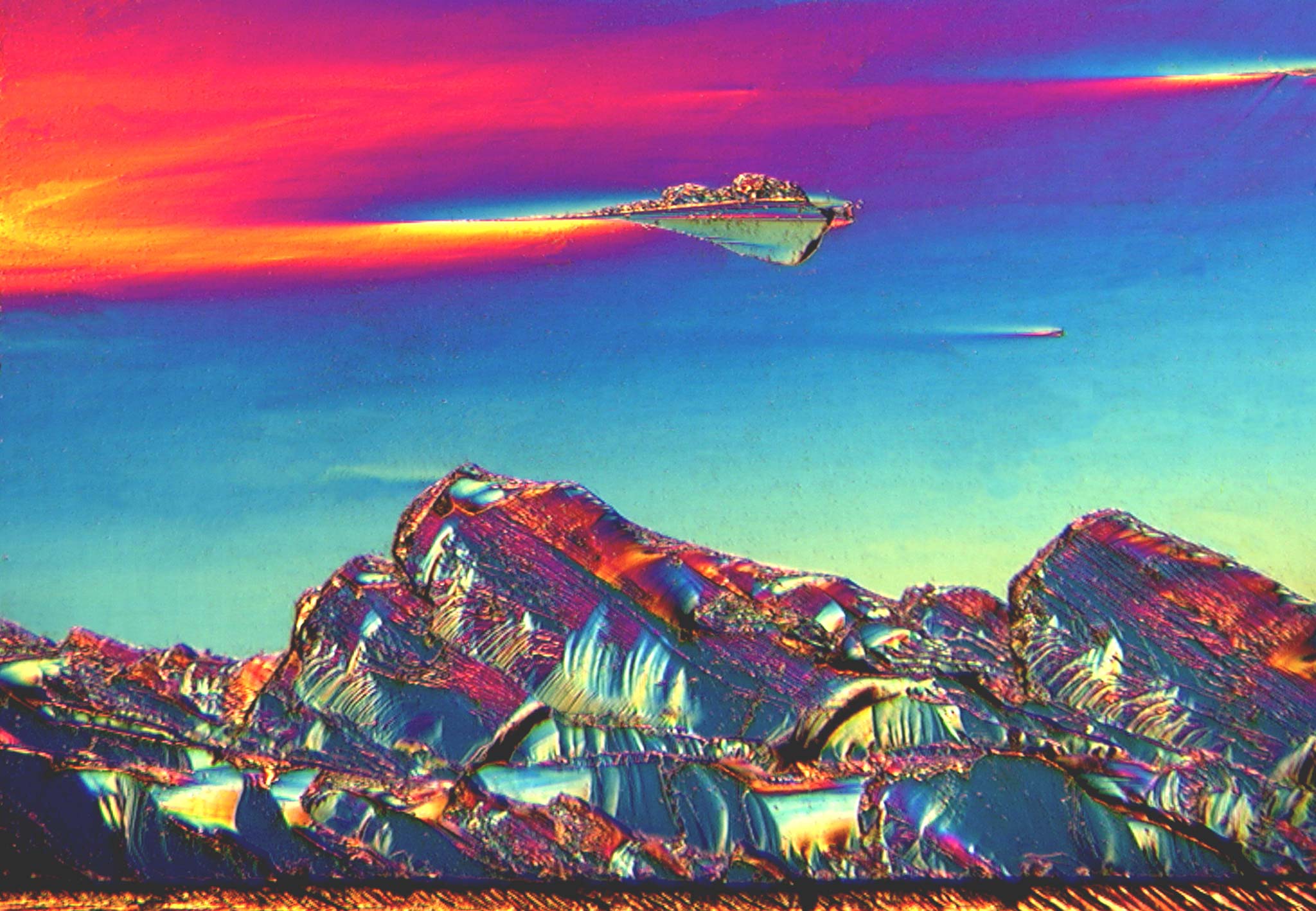
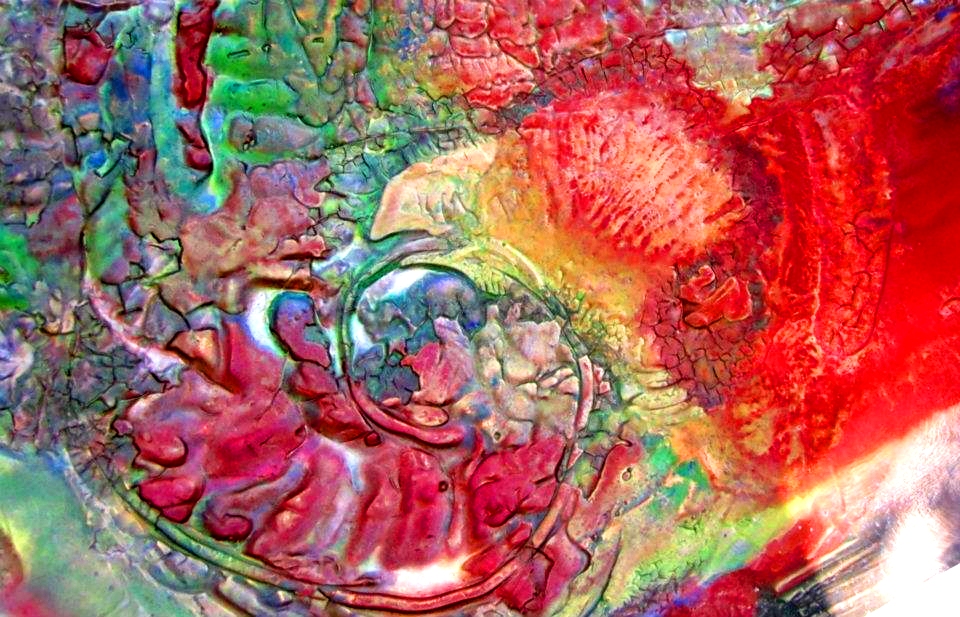


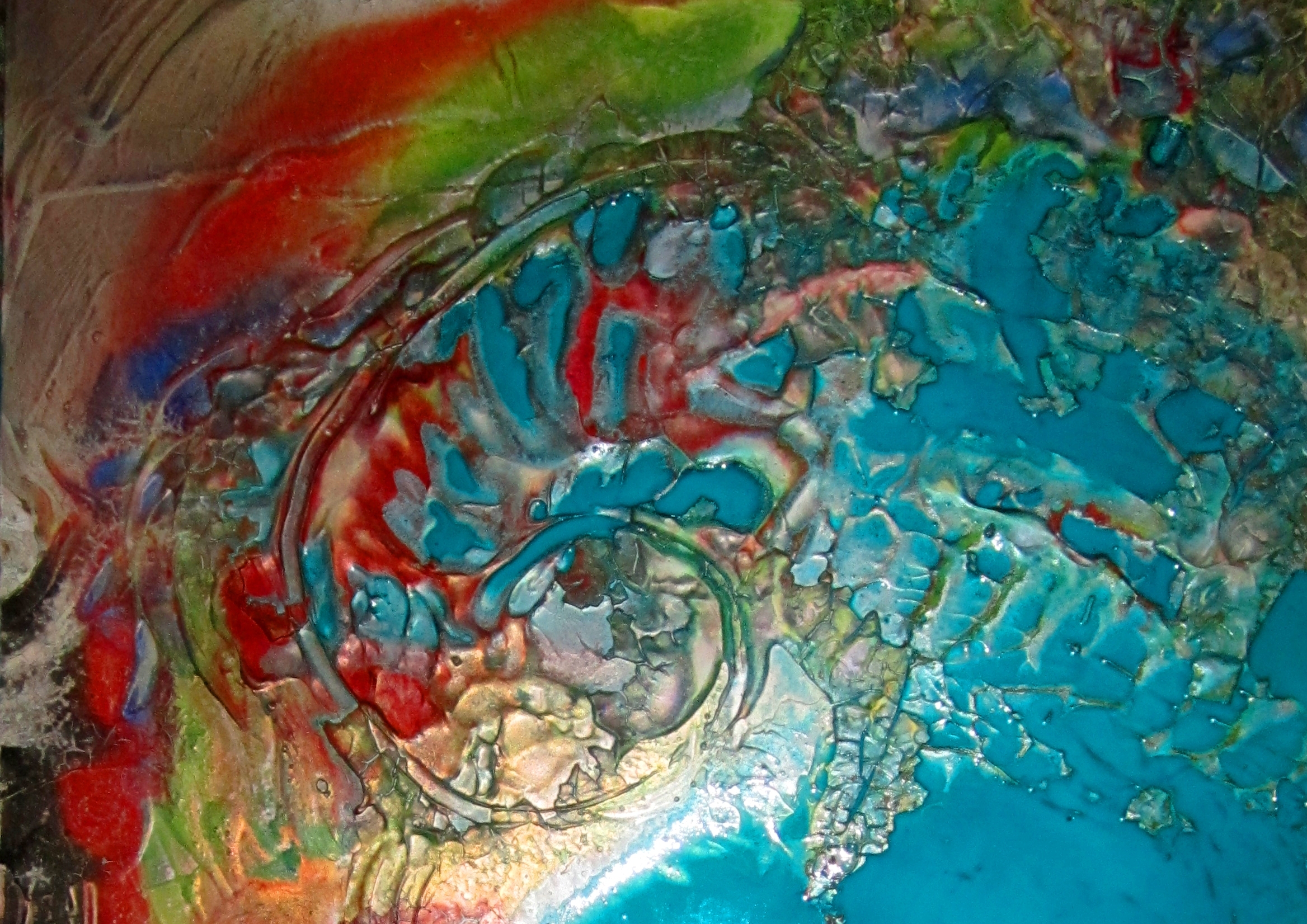

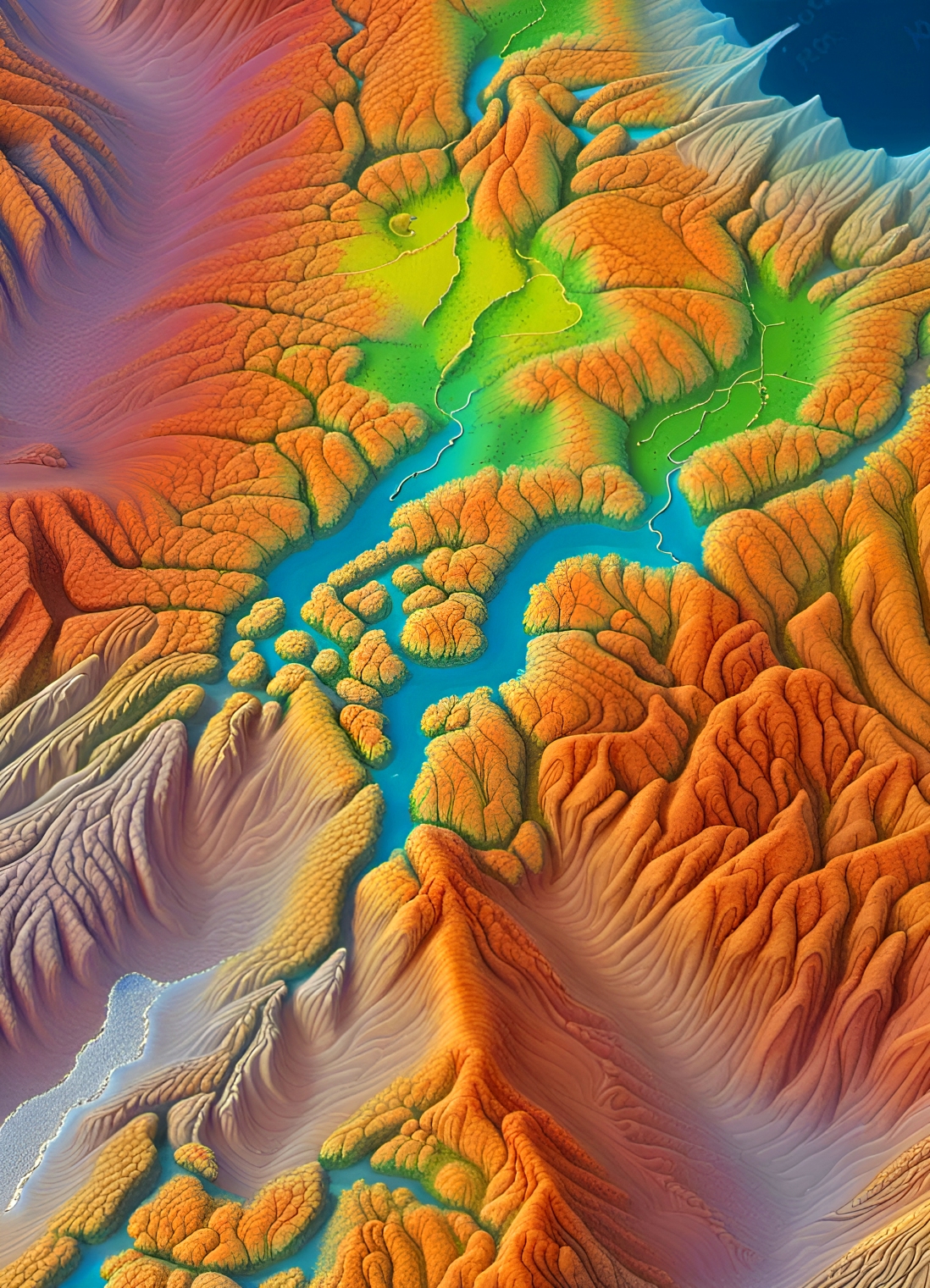
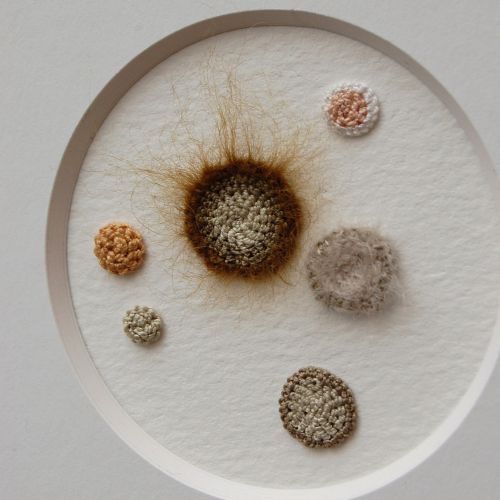
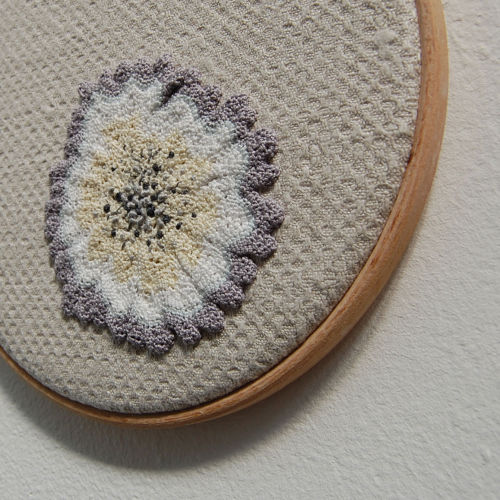
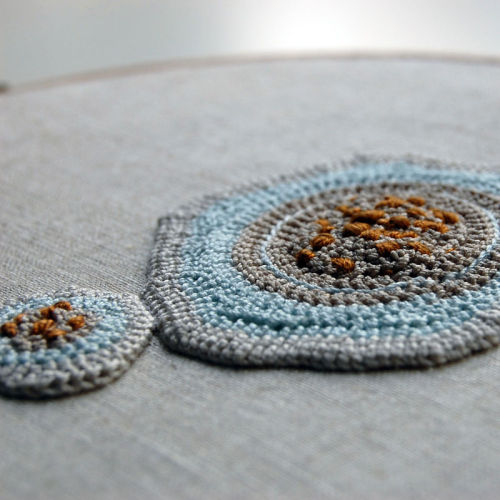
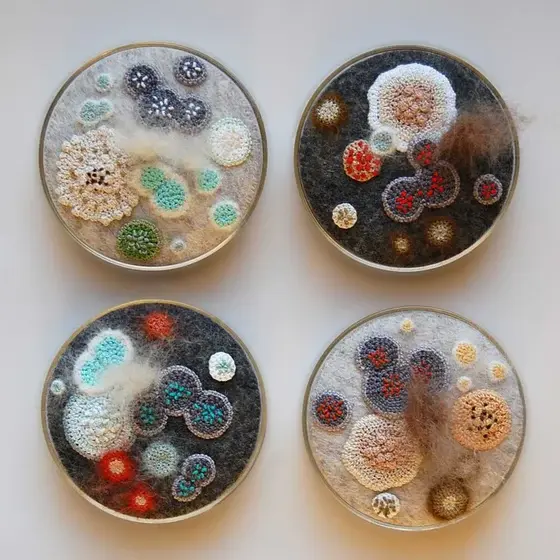
I love it when the imaging process is every bit as fascinating and awe-inspiring as the process it illuminates!